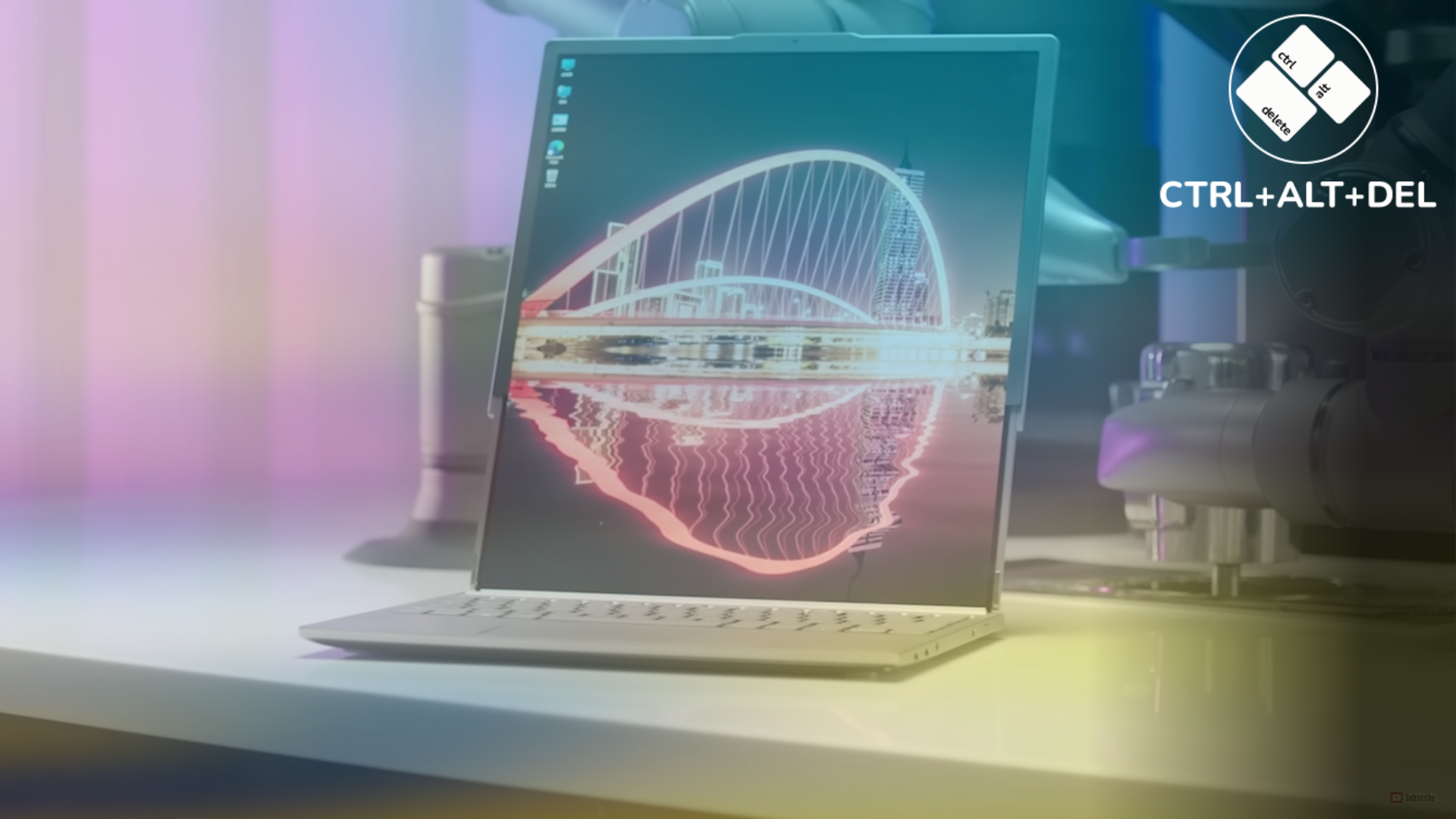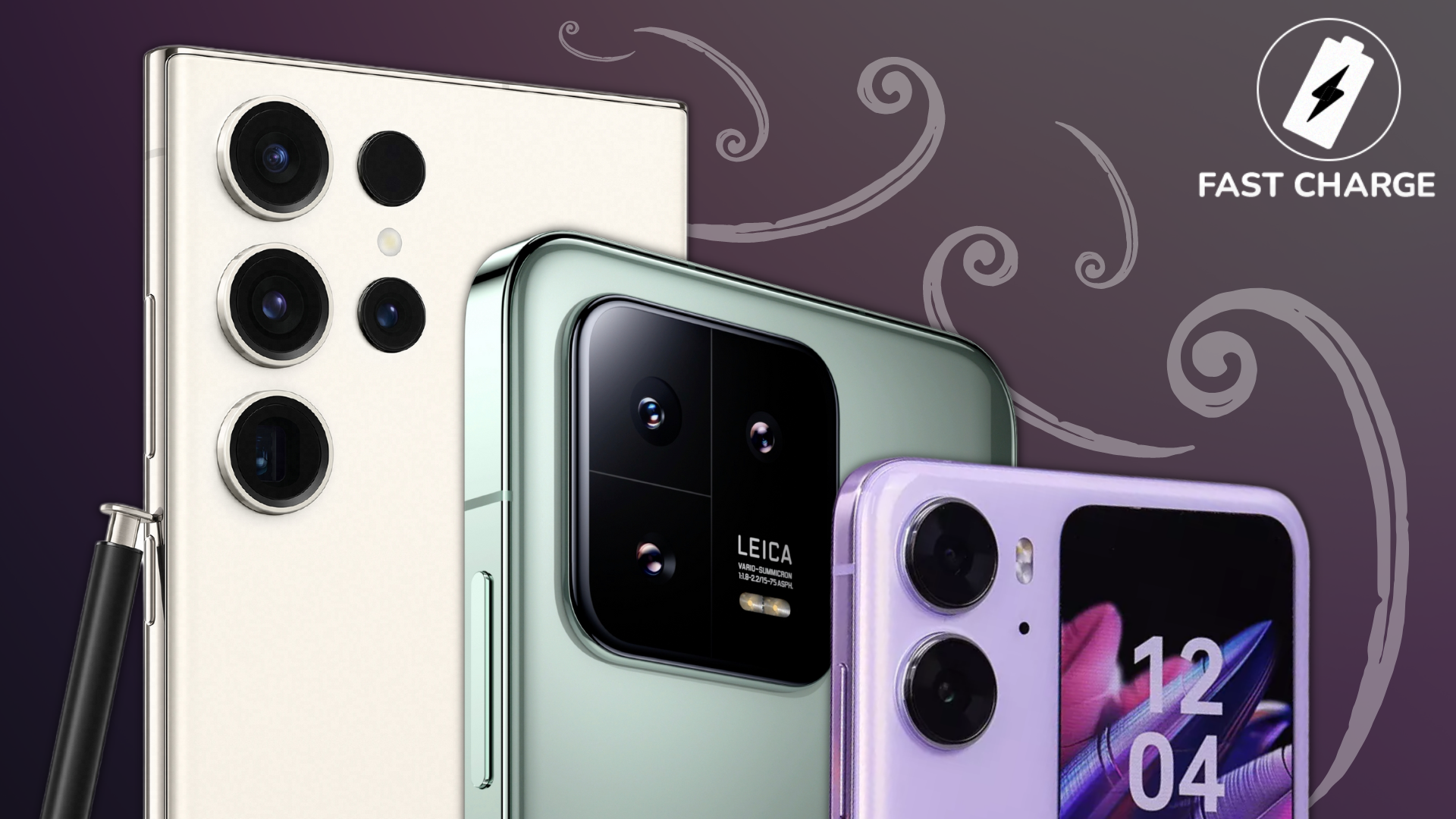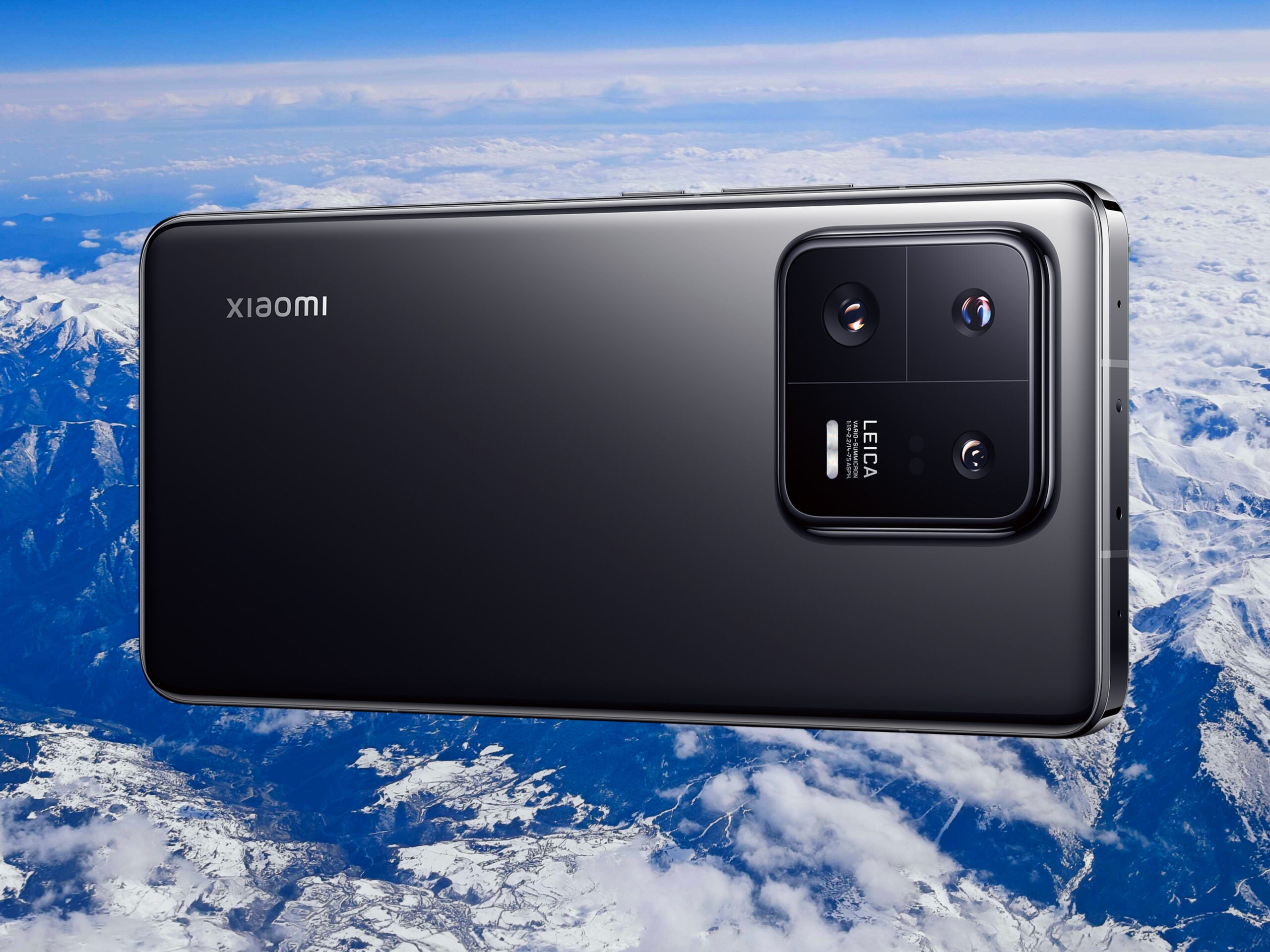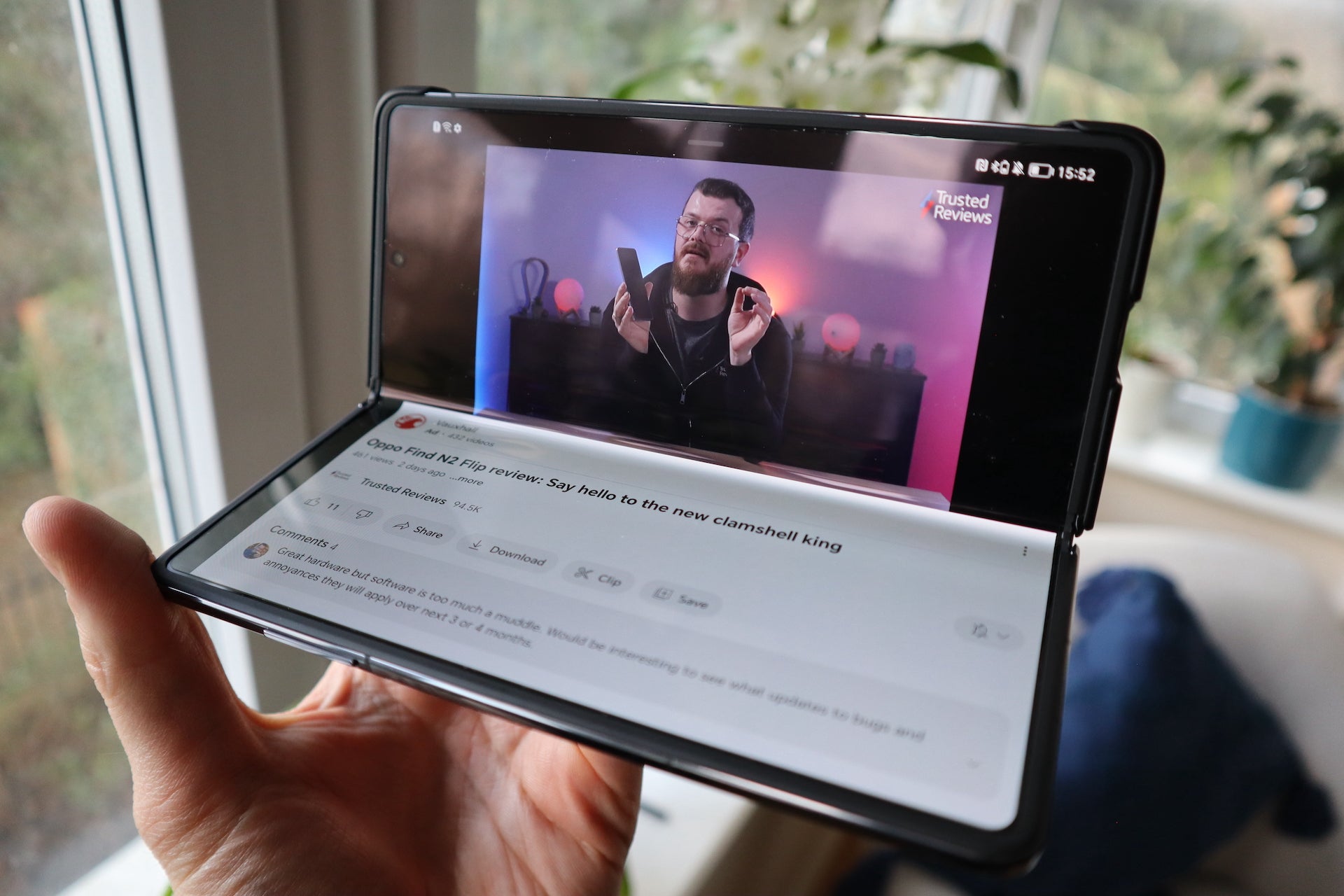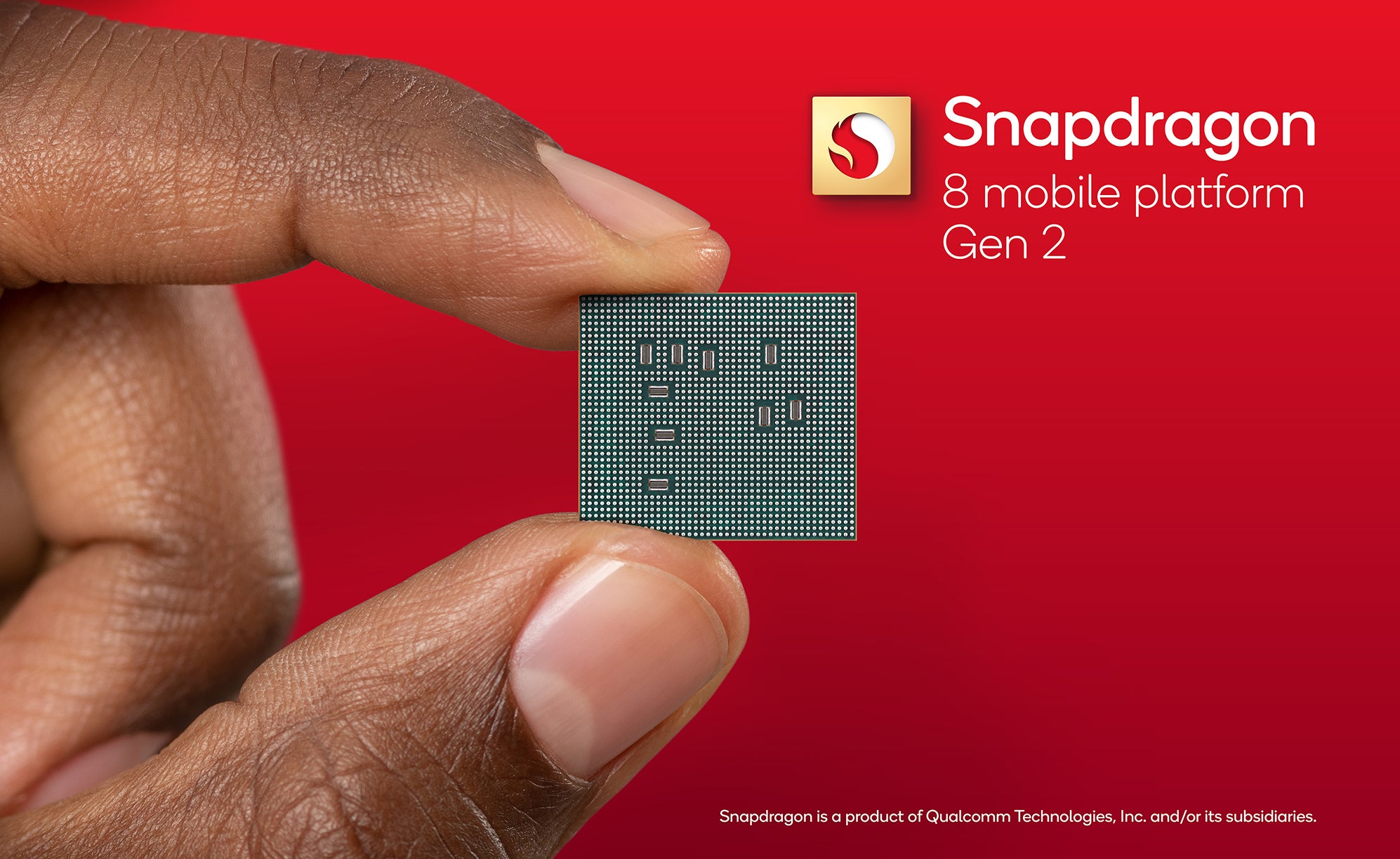OnePlus 11 vs Xiaomi 13: Which phone should you buy?
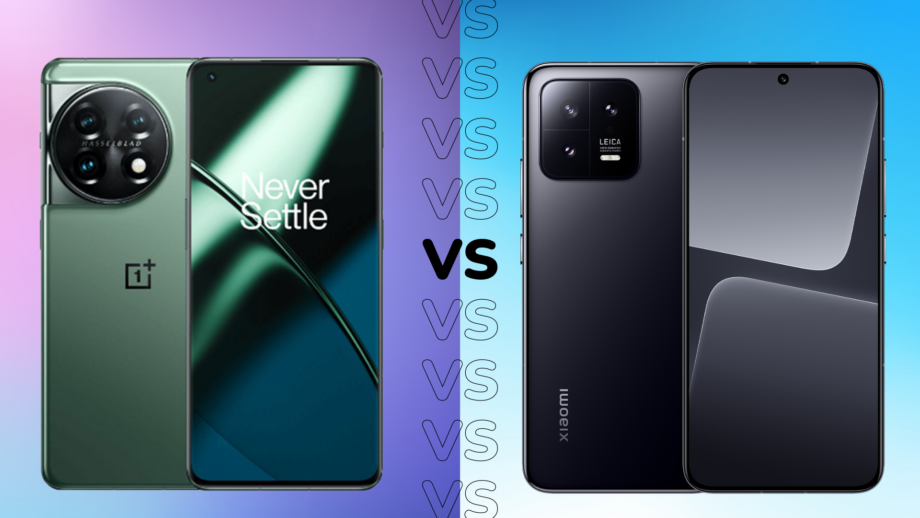
During MWC 2023, it was confirmed that the Xiaomi 13 will be launching outside of China, therefore taking on all the other flagship smartphones in Europe.
The OnePlus 11 is one of our favourite phones of 2023 yet, and so we’ve decided to put it head to head with the Xiaomi 13 to see how the latter stacks up, and to determine which phone offers the best value.
We’re yet to finish our final review of the Xiaomi 13, so aren’t ready to make any conclusive verdicts just yet, but we’ll still be offering our initial thoughts when comparing the specs.
The Xiaomi 13 is more expensive
Both the OnePlus 11 and Xiaomi 13 share similar price points, offering high-end features while undercutting the flagship phones of both Apple and Samsung.
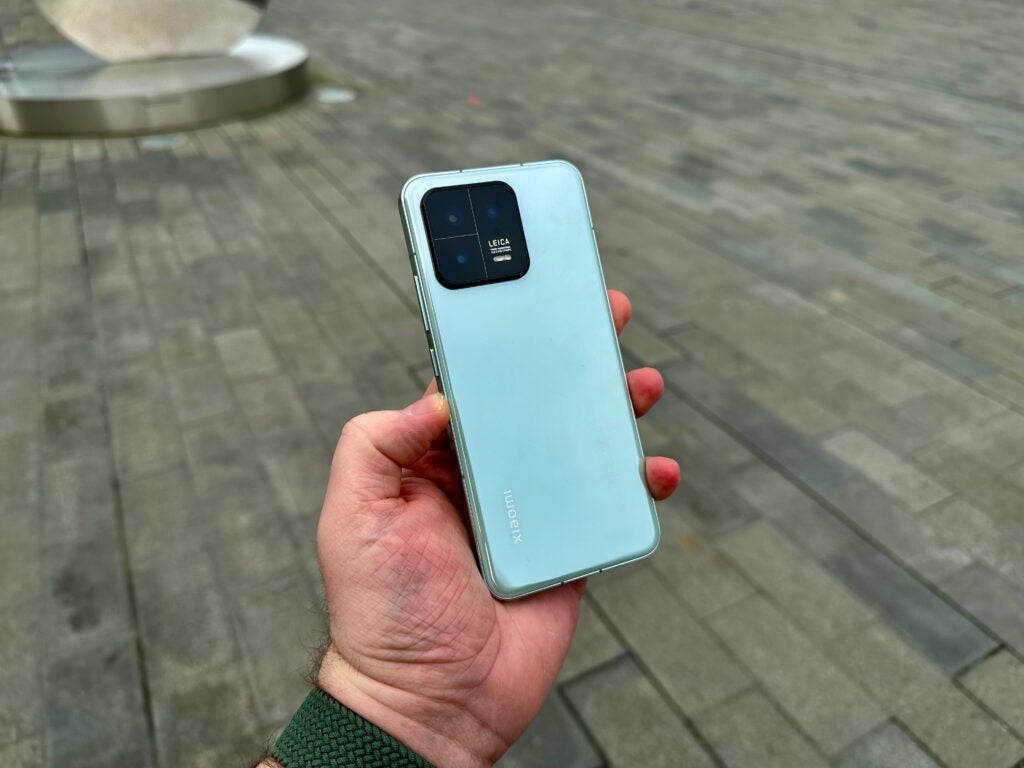
But the OnePlus 11 is nonetheless the cheaper option, especially if you opt for the Titan Black Model which costs just £729, with 8GB of RAM and 128GB of storage. Opting for the Eternal Green model instead will up the price to £799, with boosted specs to boot, including 16GB of RAM and 256GB of storage.
For comparison, the Xiaomi 13 has been priced at £849. Fortunately, you won’t see the price hiked up if you change the colour with Black, Flora Green and White option. But that also means the specs are stuck at 8GB of RAM and 256GB of storage, with no option to upgrade.
The OnePlus 11 has a bigger screen
The screen size of a phone is one of the most important considerations these days. Those who like watching video may want the biggest display possible, while those with small hands may want a dinkier offering.
If you do want a big phone screen, then the OnePlus 11 may be your best option, with the AMOLED display coming in at 6.7 inches with a 3216 x 1440 resolution and 120Hz refresh rate.
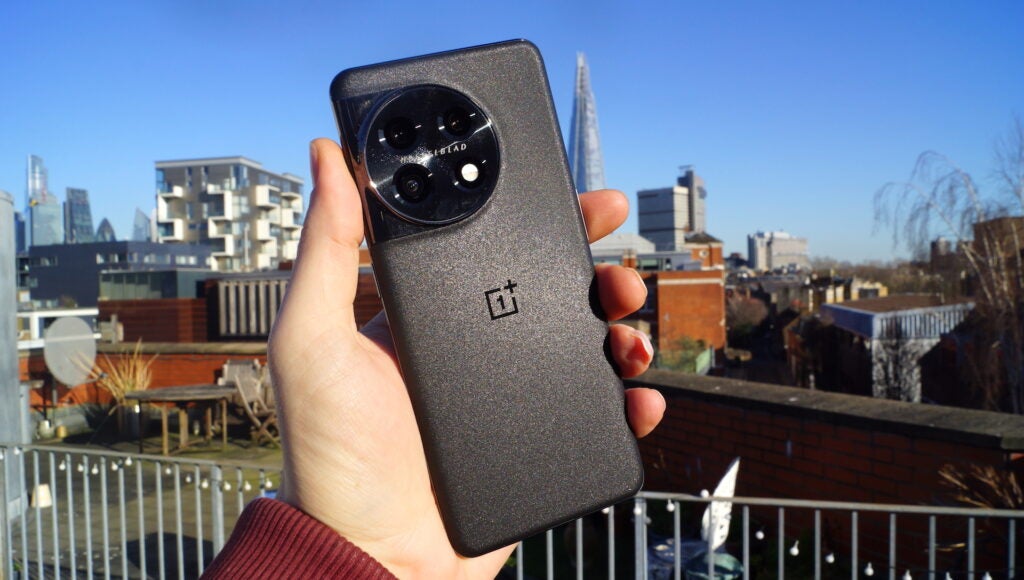
Meanwhile, the Xiaomi 13 has a 6.36-inch AMOLED screen, with a 2400 x 1080 resolution and 120Hz refresh rate. That’s not quite as big as the OnePlus, but should still be large enough for most.
Xiaomi has partnered with Leica for the camera
If you check out the specs of the camera on each phone, they look very similar. They both use a triple-camera setup, with a 50MP main sensor. However, the Xiaomi 13 also has a 10MP telephoto camera and a 12MP ultra-wide camera, all of which have been developed through a partnership with Leica.
Meanwhile, the OnePlus 11 has a 32MP telephoto camera, and a 48MP ultrawide camera. With the higher figures, you may assume that the OnePlus has the better camera – but it’s never as simple as that. Interestingly, Xiaomi has a higher-specced selfie camera at 32MP, compared to the 16MP of the OnePlus 11.
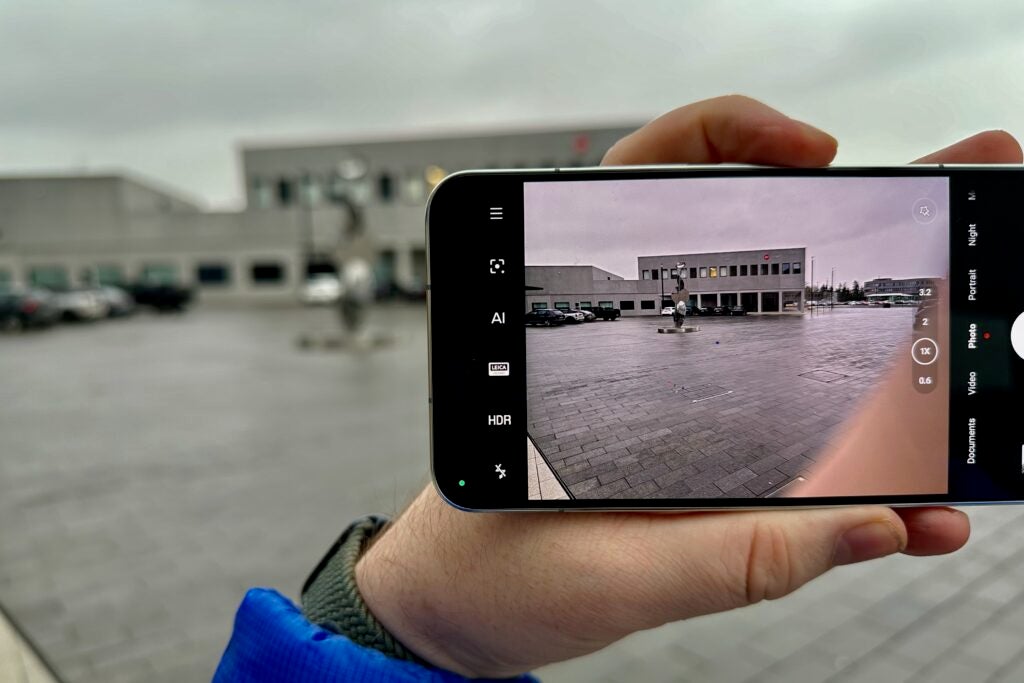
We’ll need to spend more time with the Xiaomi 13 to know whether Leica’s triple-capera setup is better (or worse) than the OnePlus 11, but our initial testing suggests there won’t be a huge difference between the two. That’s the same with video recording too, with both phones capable of up to 8K at 24fps and 4K at 60fps.
Both powered by the same processor
Those who value performance above everything else should have no concerns here, as both the OnePlus 11 and Xiaomi 13 are powered by Qualcomm’s latest and greatest chip: the Snapdragon 8 Gen 2 Mobile.
That should mean you’ll get speedy performance for any intensive workloads, whether that’s playing Call of Duty Mobile or editing photos on the fly.
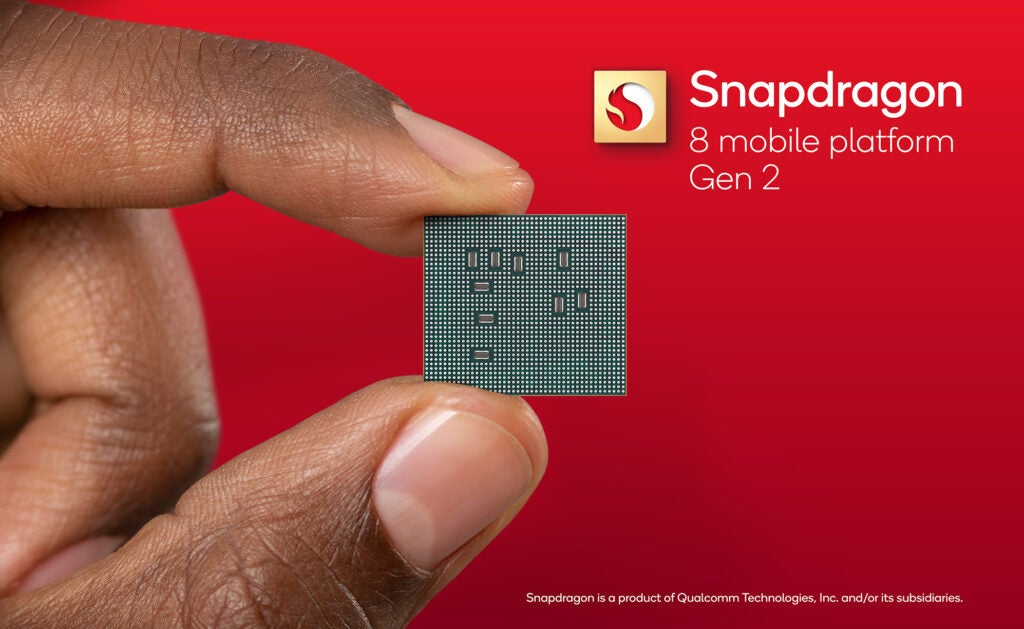
Having matching chips doesn’t necessarily mean performance will be identical though, with the likes of RAM and thermals having a major impact. We were impressed with how cool the Xiaomi 13 remained in titles like Genshin Impact, but we still need to run some benchmarks to see how it fares against the OnePlus 11.
OnePlus 11 has bigger battery, but no wireless charging
The OnePlus 11 has a dual battery setup, with the two 2500mAh cells resulting in an overall 5000mAh capacity. For comparison, the Xiaomi 13 only packs a 4500mAh battery.
That doesn’t necessarily mean the OnePlus 11 has better stamina, as it does have a larger screen too. Our early testing shows both phones can comfortably last the entire day without hitting 0%.
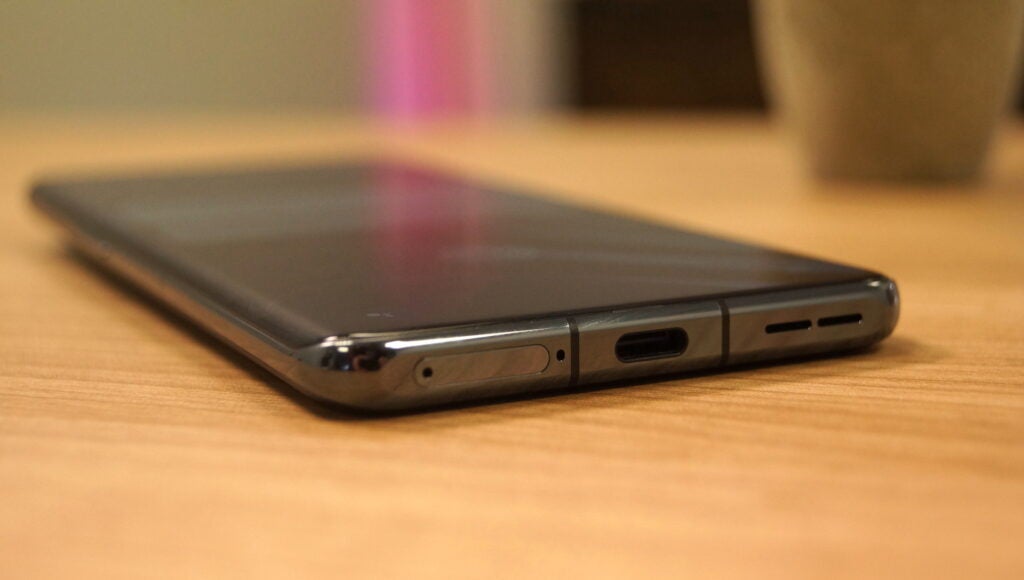
OnePlus may have the edge when it comes to charging times though, with Oppo’s SuperVOOC 100W charging tech allowing it to be recharged completely in less than 30 minutes. The Xiaomi 13 is limited to 67W fast charging, and so will most likely take longer to replenish the battery.
But the Xiaomi 13 also supports 50W wireless charging, while the OnePlus 11 doesn’t support wireless charging at all.
Early Verdict
There really isn’t much to separate these two smartphones.
The OnePlus 11 is cheaper, has a larger screen and faster charging, while the Xiaomi 13 supports wireless charging and a higher-spec selfie camera.
Both phones feature a triple-camera setup on the rear, but we’ll need to carry out more testing to see which snapper is best – although there probably won’t be much between them, even with Xiaomi partnering up with Leica.
The final decision may well come down to which phone has the better deal, or which screen size you’d personally prefer. As otherwise, both phones are offering a very similar experience.


